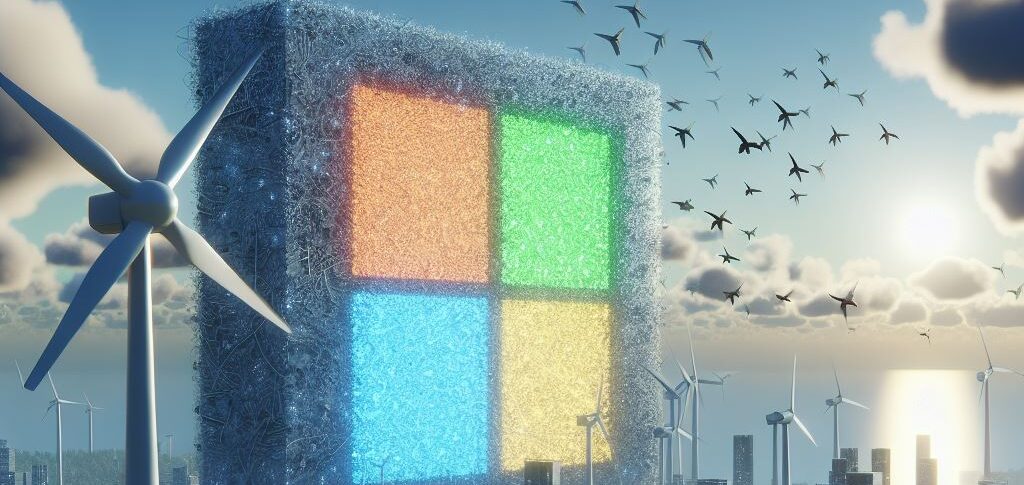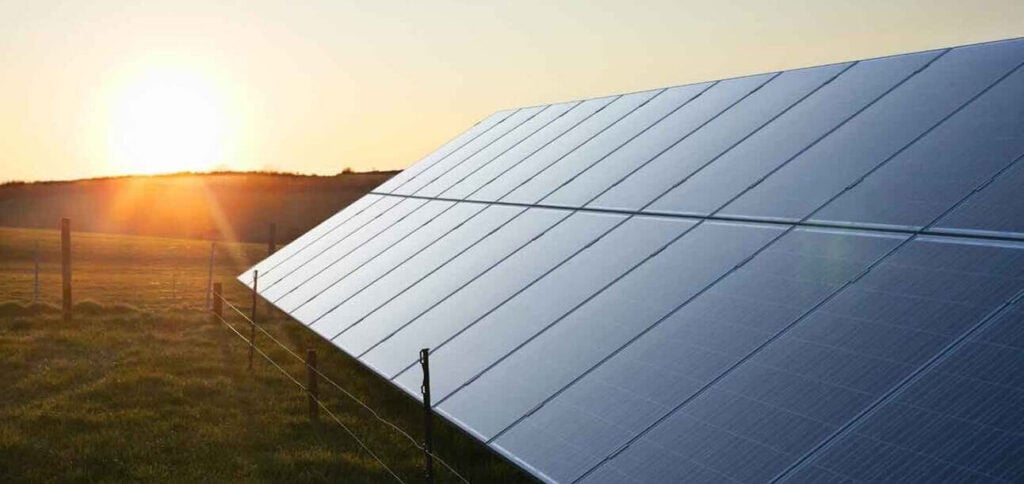1 DAY TO AMAZON DAY
O Amazon Day is celebrated on September 5th and its main objective is to make people aware of the importance of the largest tropical forest in the world, whose biodiversity is connected to life across the planet and has suffered constant attacks. This date was chosen as a way to honor the creation of the Province of Amazonas (currently the State of Amazonas) by D. Pedro II, in 1850.
ADVERTISING
First, it is important to understand the size of the Amazon rainforest.
The Legal Amazon is 5 million square kilometers, if it were a country, it would be the 6th largest in the world in terms of territorial extension.
she encompasses 59% of Brazilian territory, distributed across 775 municipalities, and represents 67% of the world's tropical forests.
Um third of the planet's trees are in the region, in addition to 20% of fresh waters.
Data: imazon
It also houses 10% of biodiversity of the world and 17% of the planet's photosynthesis takes place there.
And why talk about photosynthesis?
Because it is through this tree that “suck” carbon dioxide (CO2) from the air and store it in the ground – this is called “carbon sequestration".
- Carbon sequestration: understand how deforestation harms this process (G1)
- Everything about Carbon Sequestration policies! (Politicize!)
O carbon dioxide (CO2) is one of the main greenhouse gases. Its high concentration in the atmosphere accelerates the global warming, which drives climate change.
ADVERTISING
Forests therefore act as natural carbon storage areas, absorbing CO2 of the atmosphere.
The Amazon plays an exceptional role against climate change in this regard, storing approximately 128 billion tons of carbon in soil and trees - And removing around 600 million tons per year from the atmospheresystem. (Human Rights Watch)
But deforestation and fires have the opposite effect: as the forest is cut down and burned, it releases large amounts of CO2 In the atmospheresystem. (IPAM Amazon)
ADVERTISING
Currently – due to rampant deforestation – the Amazon has emitted more carbon than it has been able to absorb: it has become a real source of CO2system. (FAPESP)
Furthermore, the growing fires in the region and unlimited mining and livestock activities emit other greenhouse gases – such as nitrous oxide and methane – further intensifying the problem.
In recent years, we have witnessed an accelerated pace of destruction in the Amazon. If we continue like this, the largest tropical forest in the world could become a savanna in the 21st century, withpromehaving all life on Earthsystem. (Nature Climate Change*)
ADVERTISING
One of the savana It is made up of grasses, shrubs and scattered trees. It is a biome that adapts to periods of drought and also to fire, growing in soils that are generally poor in nutrients. In Brazil, savannas correspond to the Cerrado and Caatingasystem. (Brazil School)
Preventing deforestation and protecting the Amazon is a matter of survival.
See more at:
- Amazon as a source of carbon linked to deforestation and climate change (Nature*)
- What are the consequences of deforestation in the Amazon for our health? Dr. Drauzio Varella explains in a series of videossystem. (Greenpeace Brazil)
Read also
(🚥): may require registration and/or signature
(🇬🇧): content in English
(*): content in other languages is translated by Google Tradutor





